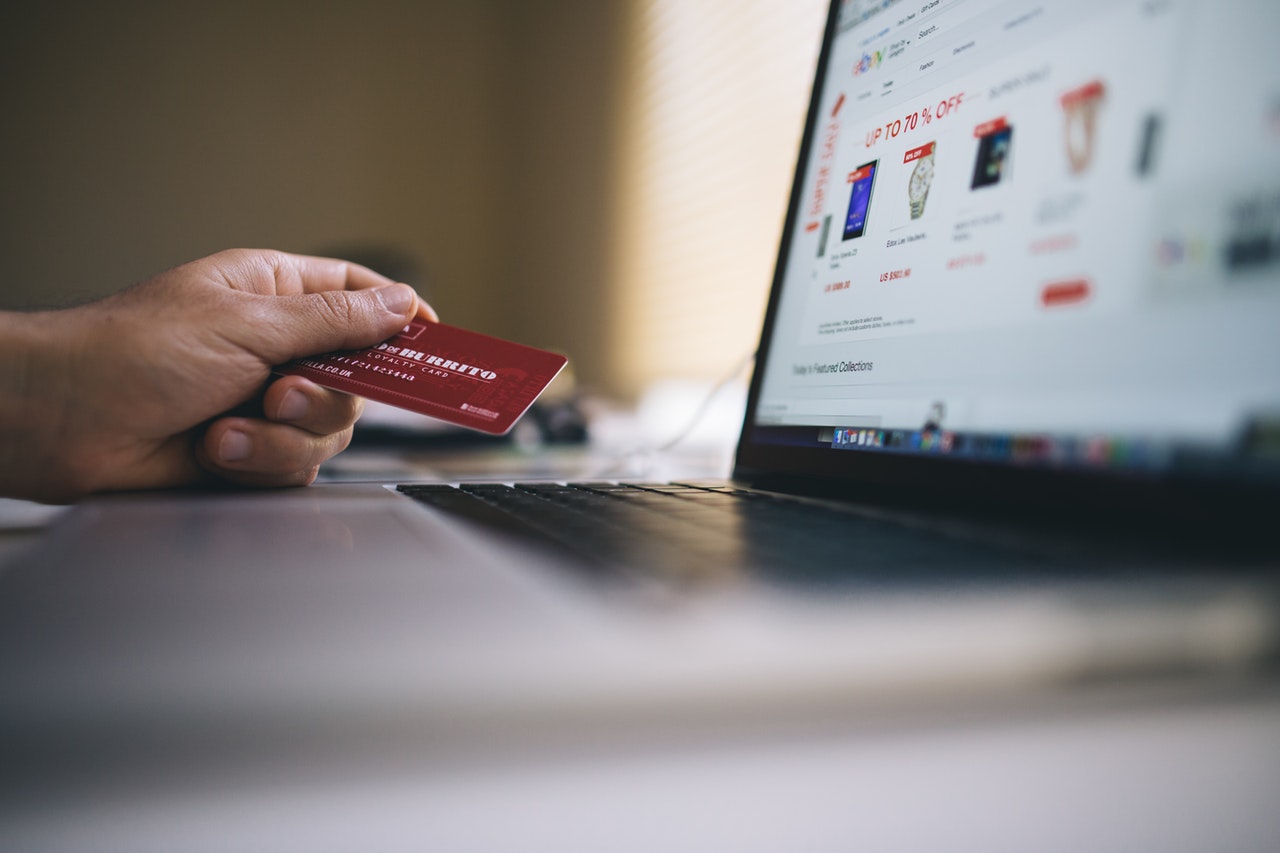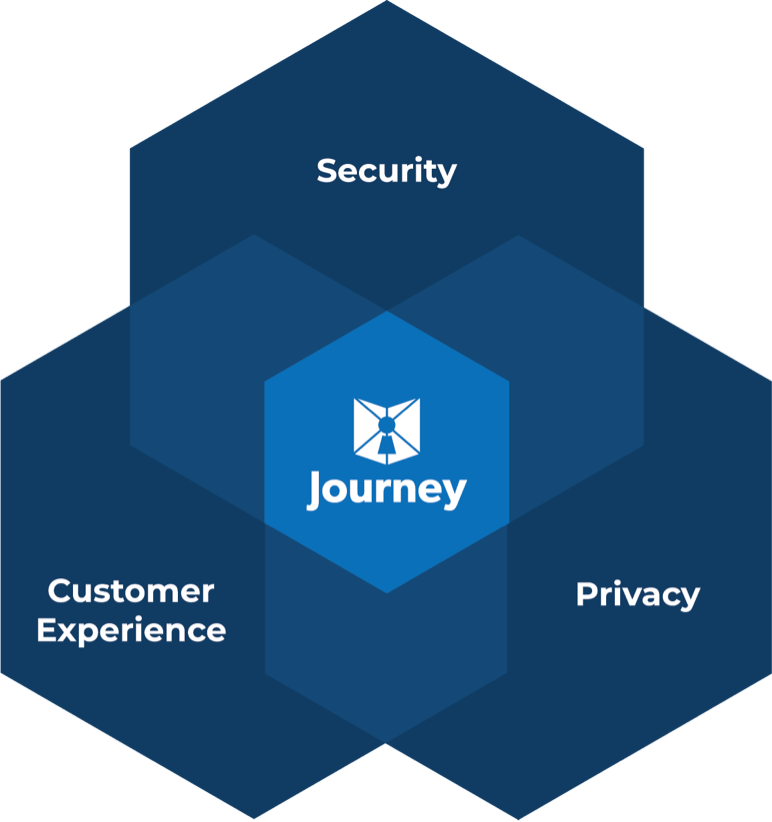A lot of effort and thought goes into protecting company assets, but at the end of the day, most of the time it comes down to usernames and passwords. There might be additional multi-factor authentication steps for particularly sensitive actions, but millions of employees have access to huge amounts of data that could be devastating if the employee’s login credentials were compromised.
This very thing has happened many times, between sticky notes with passwords on them, to unauthorized access by roommates or family members, to even more nefarious intrusions designed to steal company secrets, customer data, or financial information. So yes, it’s an important vector for fraud, and it could cause significant damage.
But consider a more perhaps mundane angle. Each time an employee has to reset their passwords, there is an impact on productivity. It can take hours or days for the reset to replicate across systems, and generally slow down work. However, the bigger issue is the cost of forgotten passwords.
After vacations, or in businesses where mandatory password resets are frequent (to reduce fraud!), employees forget their complicated 10-digit passcodes and must call the IT department to reset it. Research has shown that each password reset costs between $70 – $80 due to the time required by both the employee and the IT helpdesk agent. Depending on the role of the worker who’s slowed down by not being able to log in, it could be far higher. Consider the case of a contact center agent that’s an accountant, or a nurse, or a highly compensated executive.
Now think about what happens if that knowledge worker loses or damages their device and needs account recovery. That’s a far longer process with far greater costs….and risks.
The good news is that biometrics are a far better option than any sort of knowledge based authentication method. They can never be forgotten or lost or stolen, and are almost frictionless in terms of the time it takes to log in. A quick face scan or fingerprint, and they’re off. It’s even possible to continuously authenticate a face in front of a computer, so that a bad actor can’t sit down at an open laptop and go marauding.
There are a number of ways to do this simply, elegantly and cost effectively. Just eliminating the millions of dollars that most businesses spend on password resets could make switching to biometrics pay for themselves in a matter of months. The key is to verify identity of the employee to a high degree of veracity, and use that blueprint to create an anchor of trust.
Once the identity verification process is complete, authentication with a quick selfie takes less than 2 seconds, and the employee is up and running. Account recovery is far easier. Fraudsters can’t bypass this by chance or mal intent.
Journey has a solution that enables the high veracity ID verification and everyday authentication to your existing SSO, and implementation is a breeze. If you’d like to get in touch, we’d love to explore your needs and make a recommendation.




